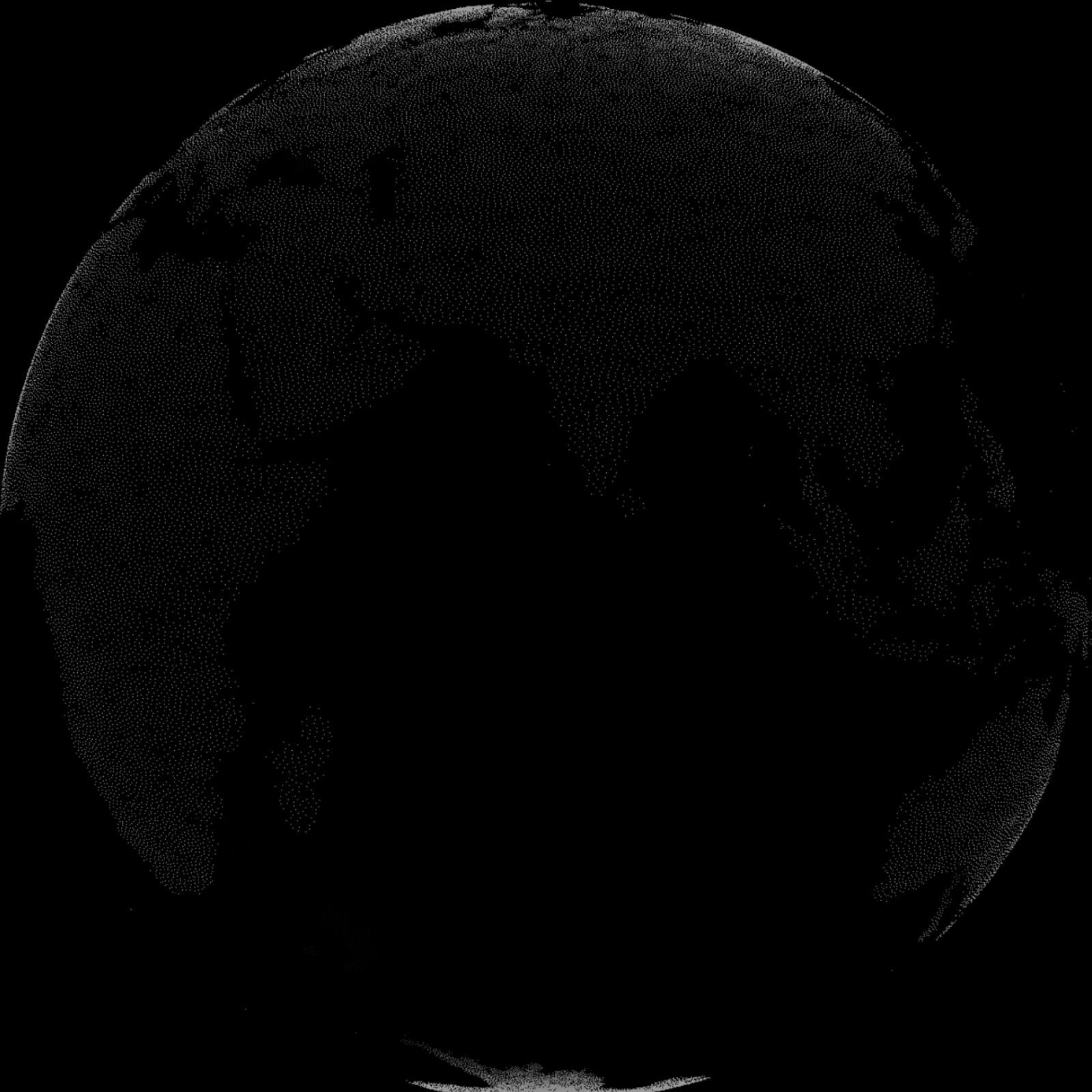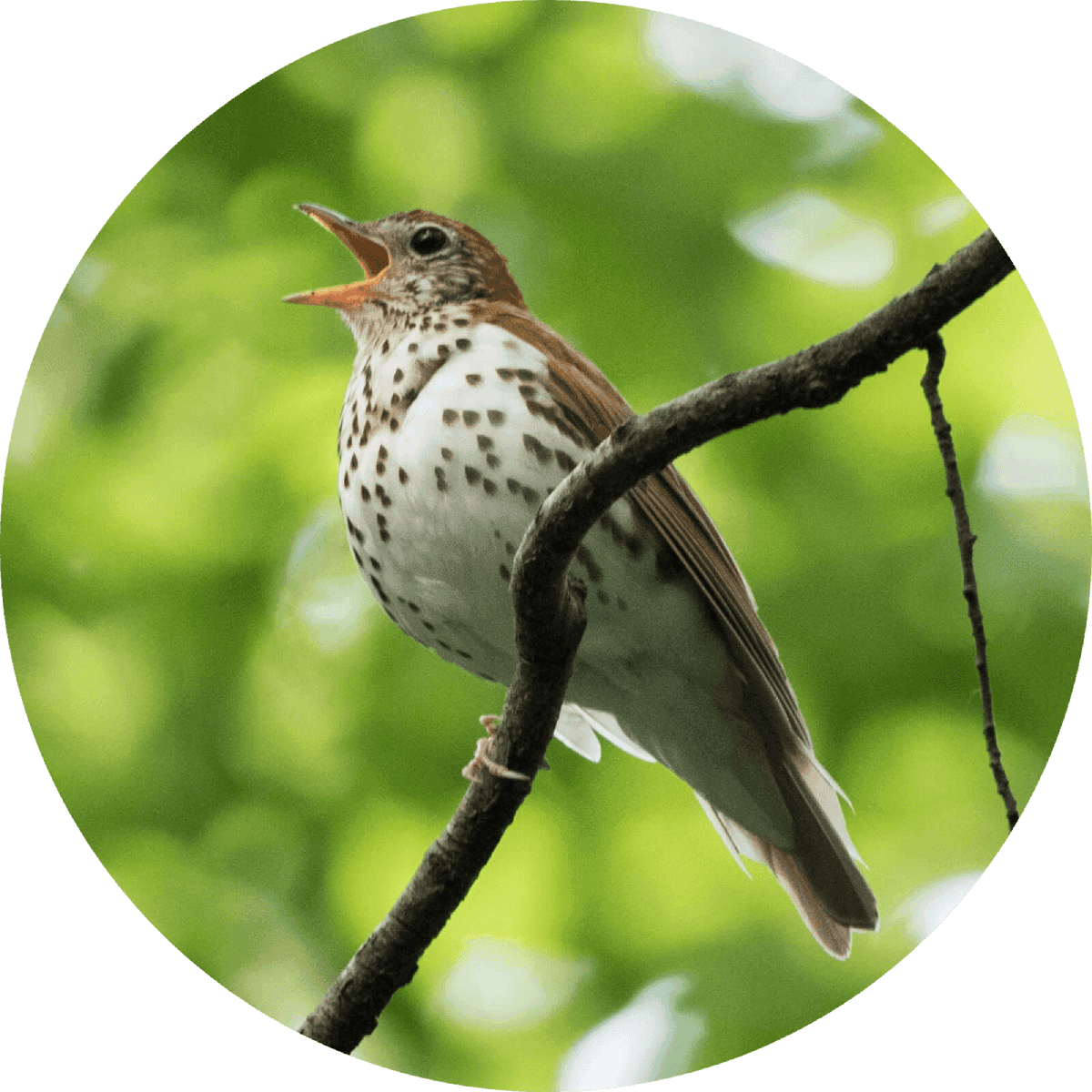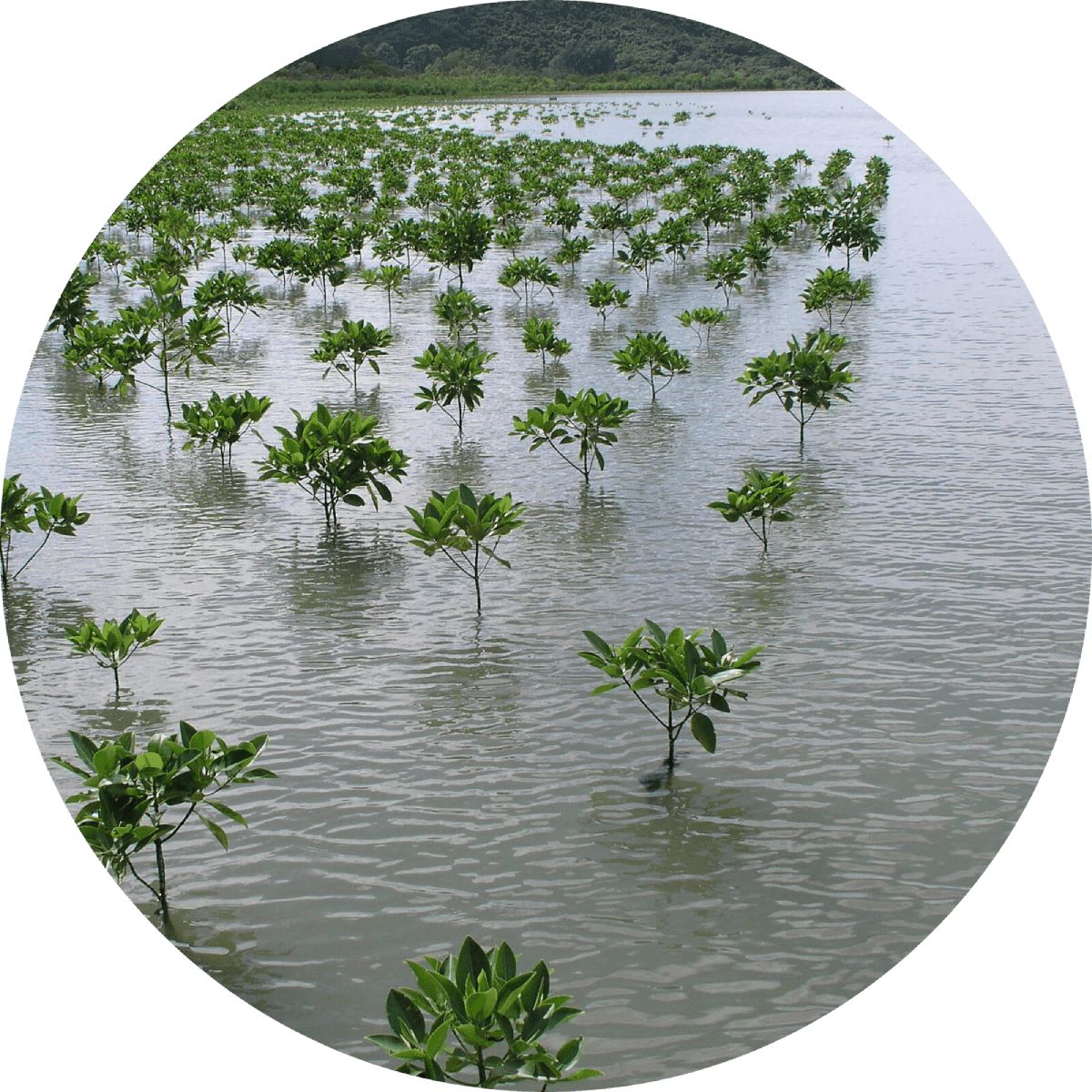“Currently [Hemlock] population . . . are being attacked by the woolly adelgid, an introduced insect whose larvae can kill trees through defoliation. This pest is spreading rapidly and could decimate [Hemlock] populations in North America"
"These expansive wetlands are critical habitat for many birds, fish, and other wildlife who have limited places to thrive. Restoring the diversity and quality of the marsh habitat will result in improved breeding and foraging opportunities for game and non-game species alike. The project is a win for wildlife, and a win for people who value this incredible resource . . . "
"The wetlands and marshes around Wolfe Island are dry, and the water levels are lower than [ever before] . . . Just a few years ago, water was flooding over the banks, onto the grass, even onto the roads.
“Losing a top predator like a loon can cause many species at the bottom of the food chain to overpopulate, and loons indicate if the lakes aren’t in the best condition. Loons not reproducing and lowering in numbers reflects a bad situation, and the ecosystem would be altered forever.”
"Drenching rains, wet winters, warmer air and water temperature, less ice cover and more runoff throughout the entire Great Lakes basin, scientists say, have formed a meteorological cocktail that has contributed to unprecedented lake levels, flood-producing storms and the degradation of the shoreline, both natural and developed."
In 2017, Lake Ontario water levels hit a record high of 248.95 feet. "A series of storms and windy days sent waves crashing over shoreline breakwalls, inundating lawns and battering houses."
“A recent study by the Great Lakes Environmental Assessment and Mapping project ranked Lake Ontario the most environmentally stressed of the five Great Lakes largely due to Phosphorus loading, invasive species such as zebra and quagga mussels, nitrogen runoff, and toxic pollution from mercury and polychlorinated biphenyls.”
"If there aren’t enough alewives to both reproduce and feed the salmon, each species will collapse. That’s what happened over the past five years in Lake Huron, where alewives and the Chinook salmon fishery have all but disappeared."
"The zebra mussels create a low-oxygen environment where the toxin can grow, then round gobies, a bottom-dwelling fish, eat the zebra mussels and the disease works its way up the food chain to birds. Fish with the disease swim differently and make themselves more obvious targets to the birds, meaning that birds are more likely to eat infected fish and thus contract botulism."
“I grew up in New York, within sight of Lake Ontario. If you’d have said to us, go fishing in Lake Ontario, we’d have said, are you crazy? The harbor, if you called it a harbor, had about 20 to 30 slips, but it was never filled. To fish you had to go out beyond the dead alewives. By mid-May, you weren’t thinking about going out on the water with all the algae. What did most people think about these conditions? . . . You couldn’t have gotten a cent to help the Great Lakes. The personal value of the Lakes was near zero to most people . . . One of the most amazing changes in my lifetime has been the comeback of the Great Lakes.”
“We entered the harbor at Oswego, passing the lighthouse at its mouth. Dozens of double-crested cormorants hunkered on the rocks of the breakwall, their wings held out from their bodies to dry . . . In the last few decades the double-crested cormorant— one of six species of cormorant in North America, and the only one found regularly in freshwater — has gone from an imperiled species to a pest. Poisoned in the1960s by DDT, they laid eggs with shells as thin as tissue paper that hatched, if they hatched at all, into chicks born with crossed bills and other defects. After 1972, with the banning of DDT and protection under the Migratory Bird Treaty Act, cormorants began making a comeback.”
“[The Nonindigenous Aquatic Nuisance Prevention and Control Act of 1990] began the process of establishing a national program regarding the prevention, research, monitoring and control of invasive species in U.S. waters. . . The law created a regional entity, the Great Lakes Panel on [Aquatic Nuisance Species, to help coordinate federal, state, local and private-sector efforts to prevent and control exotic species within the Great Lakes basin.”
“Possibly the highest concentration of leaking hazardous-waste dumps on the North American continent is found in the vicinity of Niagara Falls. A by-no-means complete list would include Love Canal, where 239 subdivision homes and an elementary school were built (over company protests) on top of a leaking Hooker Chemical Company dump containing some 21,800 tons of toxic materials; the Wheatfield site, fifty acres of land owned by the Niagara County Refuse Disposal District, which received wastes from Hooker, Du Pont, Goodyear, and Olin Chemical Company plants; the ‘S’ Landfill, a four-acre fill in the Niagara River composed of cinders, stone, slag, dirt, Carborundum abrasives, and 70,400 tons of Hooker Chemical Company wastes including (but not limited to) endosulfan, benzine hexachloride, tetrachloroethylene, and hexachloride; the Model City site, where radioactive wastes leftover from the World War II’s Manhattan Project are migrating towards Lake Ontario in open ditches; and the 102nd Street site, where between 1940 and 1972 Hooker And Olin together deposited some 90,000 tons of hazardous wastes (including Lindane, tetracholorobenzene, and numerous phenols) on a twenty-one-acre landfill bordering the Niagara River upstream from the City of Niagara Falls’ drinking-water intakes.”
"The zebra mussel, Dreissena polymorpha, is believed to have arrived in North America as a freshwater ballast stowaway in commercial vessels from Europe sometime around 1986. The mussel was first discovered in the Great Lakes in Lake St. Clair in June 1988 . . . By the end of 1993, zebra mussel-infested U. S. waters included: all of the U.S. shores of Lakes St. Clair, Erie, and Ontario; most of the Lake Michigan and Huron shores . . . "


Learn about Maya Lin’s fifth and final memorial: a multi-platform science based artwork that presents an ecological history of our world - past, present, and future.

Discover ecological histories and stories of former abundance, loss, and recovery on the map of memory.

Learn how we can reduce our emissions and protect and restore species and habitats – around the world.

See how art can help us rethink the problems we face, and give us hope that each one of us can make a difference.

Help make a global memorial something personal and close to home. Share your stories of the natural world.